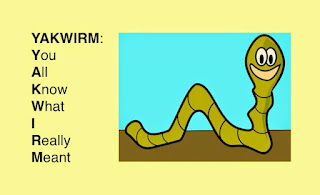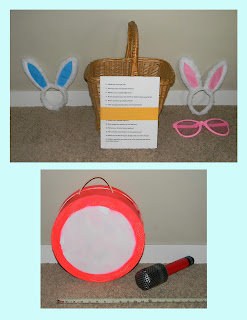Until today I was not aware there is a Guinness World Record for the number of speeches given in 24 hours. Then I saw an article by Jon Anderson in the Hoover Sun on April 29, 2023 titled Hoover man seeks to break speech Guinness World Record. (Hoover is a city in north central Alabama with a population of ~93,000 and is located near Birmingham). The article explains:
“Patrick O’Mara is a subrogation analyst for the State Farm insurance company who has a side business providing training in public speaking, wants to break the Guinness record of 30 speeches in 24 hours, which was set in Gujarat, India by a man named Piyush Vyas. O’Mara’s goal is to do 40 speeches in 24 hours, and his target date is June 8.
There are certain conditions that must be met for each speech to qualify for the Guinness World Record. Each speech must be an unscripted, unique speech that lasts for at least 10 minutes, which means that he can’t give the same presentation 40 times, or even twice.
Each speech must be in a different venue, and each venue must be capable of seating at least 50 people. Also, there must be at least 10 people in the audience at each speech, with no duplicate audience members.”
The article explained that Patrick was practicing by drawing topics from a box of fortune cookies.
Club meetings of Toastmasters International have a one-to-two-minute impromptu speaking portion called Table Topics. There is another article by Elaine Lung at District 101 Toastmasters on January 9, 2022 titled Impromptu Speaking: It’s Easier Than You Think. She mentions several possible speech structures, and the ten-minute version for Guinness can use similar ones.
Back on September 22, 2010 I blogged about a simple way to keep track of an impromptu speech in a post titled Getting a hand on your impromptu speech. That ‘Handi-speech’ techniques by Lori Gracey also is discussed here and here.
My impression of the world record trophy was adapted from one at Openclipart.














.jpg)







